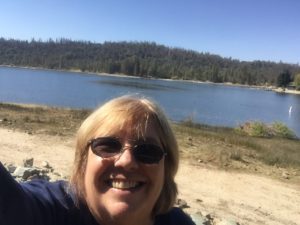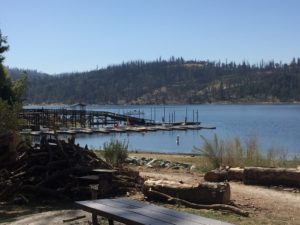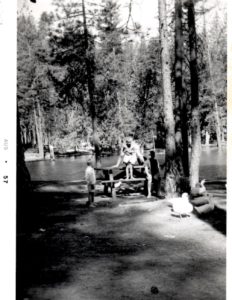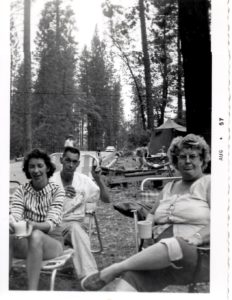Our genetic make-up defines many of our physical characteristics: hair color and type, eye color and shape, skin color, basic body shape, and so much more. It can indicate our propensity toward certain diseases, and it can explain personality traits and quirks. For instance, if I can prove the work done by others before me, I may be able to blame John Howland, the man who fell off the Mayflower, for my inherent clutziness. That would explain a lot!
I told a cousin the other day that I think my love of driving is genetic, as well. Dad loved to drive. Unfortunately, as my sister and I can verify, he didn’t like to stop much. I don’t mind stopping every couple of hours, but I tend to keep it to less than 15 minutes when traveling alone.
Today I drove the first, and shortest, leg of my 27-day journey–from Willows to Sacramento. I don’t mind flying, but driving has its perks. You can see much more of the natural beauty of this great country, and do it so much better, from the window of a car than a plane. You can travel with anything you want, as long as it fits into the trunk of your car, and the extra space inside. (I actually had a lot of free space this trip!)
As I was driving I saw the usual signs of spring in the rural Northern California countryside. Dust was flying in fields where tractors worked in prepartion for planting rice. Almond and walnut trees were dressed in their brand new spring-green frocks. The tall weeds in the medians were waving their green tassels in an April, kite-perfect wind. The pastel blue sky was speckled with families of puffy-white, cumulus clouds. A beautiful day for a drive!
Do you prefer to drive, or fly? Maybe you prefer trains. (I have only been on a few short train trips.) I bet your family would be interested in hearing about one of your trips. Come on. Go ahead. Take a chance. Show Your Tale…
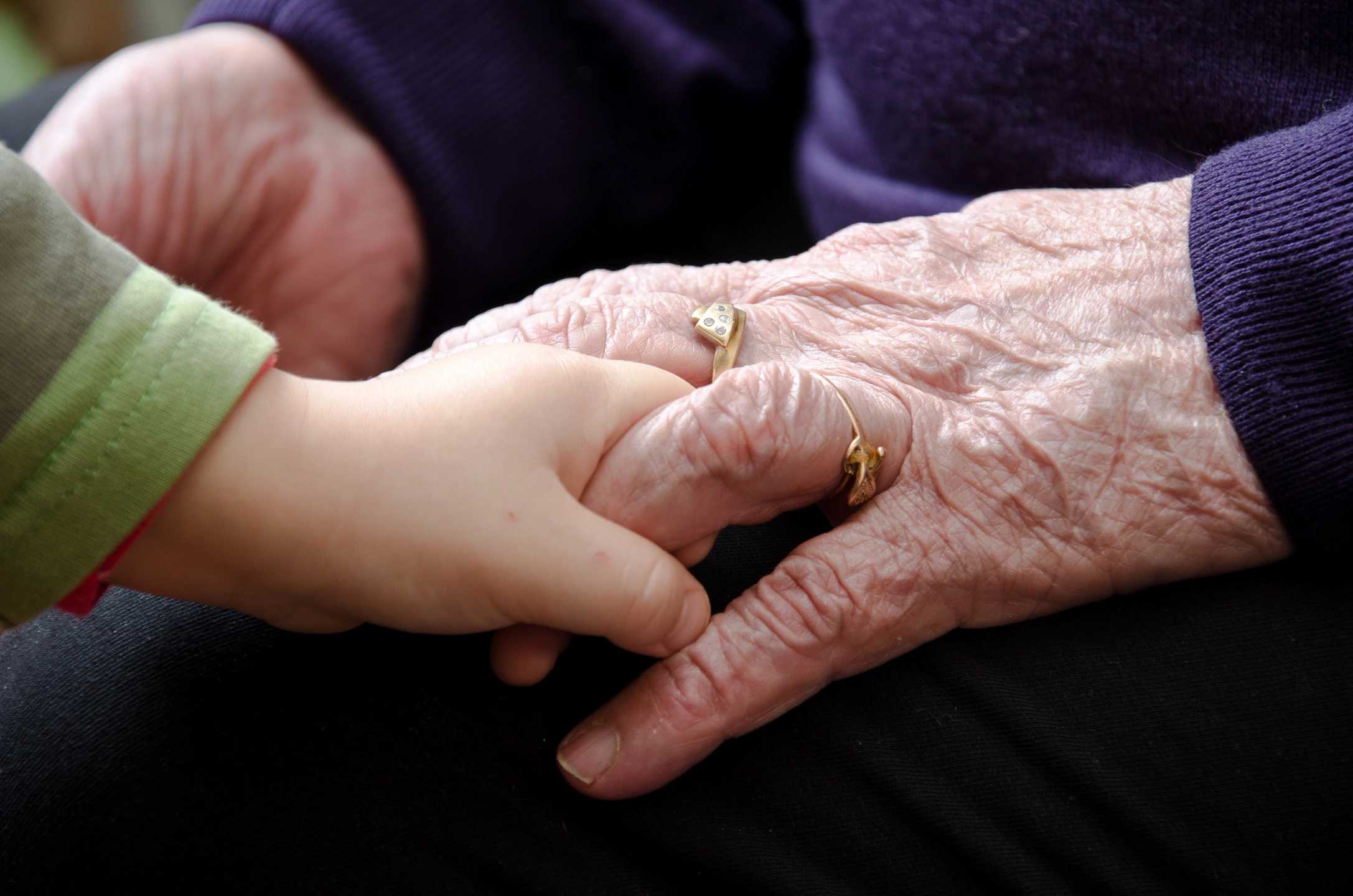
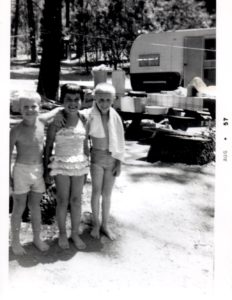 (August, 1957– I was not yet five. The two boys with me in the picture were sons of one of my parents’ friends who were camping with us.)
(August, 1957– I was not yet five. The two boys with me in the picture were sons of one of my parents’ friends who were camping with us.)